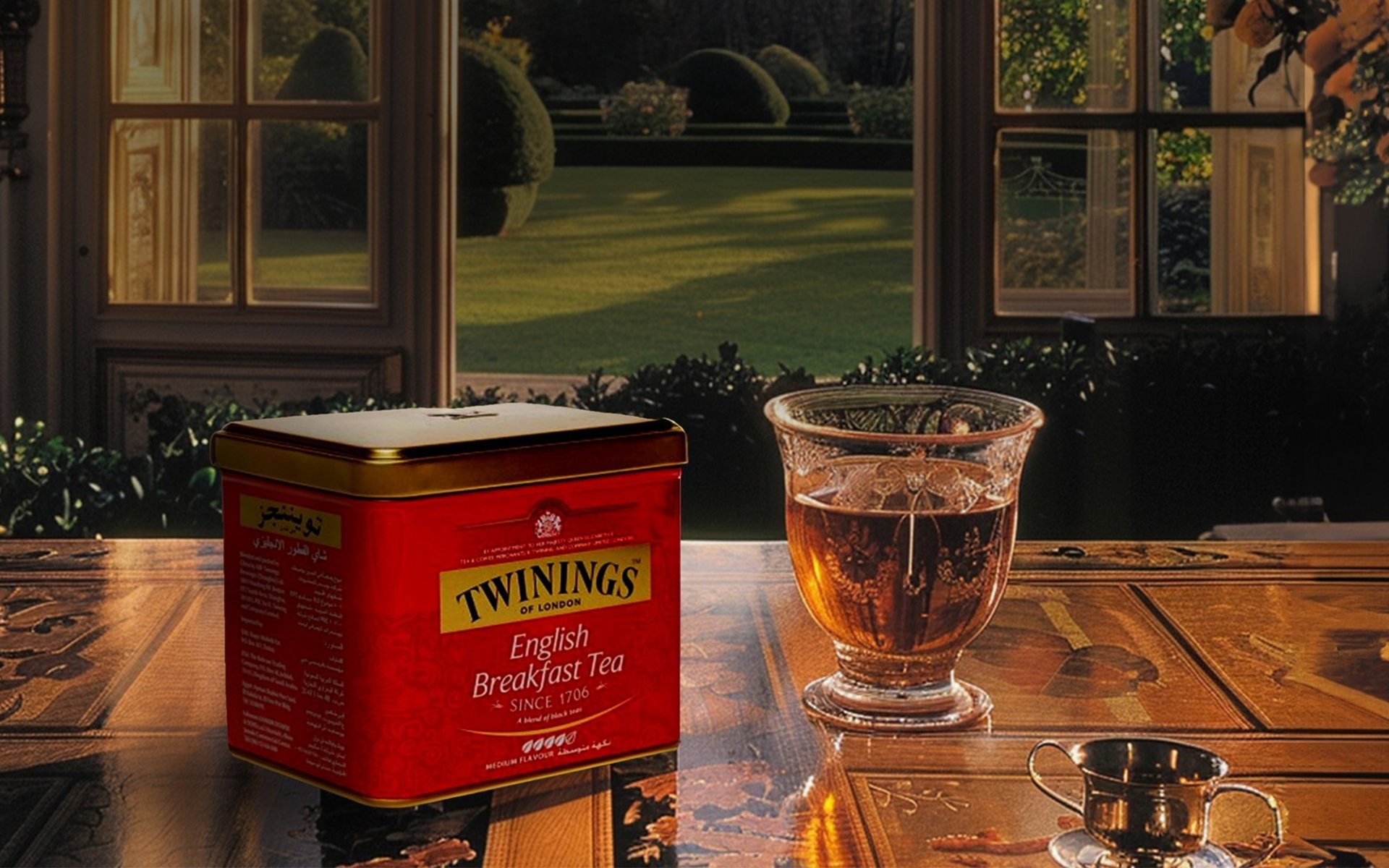Twinings

When thinking of England, many undoubtedly picture gentlemen and ladies enjoying afternoon tea with scones. This image is not just a stereotype; it reflects the deep and long-standing relationship between the British people and tea.
Twinings is an ancient tea brand that has been an integral part of British tea culture for over 300 years. Today, Rimping Supermarket will take you on a journey through the history of this royally endorsed tea.
Thomas Twining's Humble Beginnings: From Weaver to Tea Pioneer (1684 - 1706 AD)
Twinings' origins began with Thomas Twining, a young boy from Gloucestershire (a county in southwestern England) who relocated to London. Thomas's family were weavers, but during an economic downturn in 1684, his family moved to London seeking work.
After moving to London, 9-year-old Thomas followed in his father's footsteps, apprenticing as a weaver. However, by 1701, at age 26, he turned his back on weaving and embarked on a new career, working in tea transportation by ship for the East India Company, the first company to import tea into England.
Thomas spent five years learning about the tea trade, and one day he observed the increasing popularity of tea. This made him see a business opportunity. In 1706, Thomas used his savings to purchase a coffee house called Tom's Coffee House, located on Strand Street in London, a prime business location frequented by the upper class.
At that time, coffee remained the most popular beverage in London, with over 2,000 coffee houses serving a variety of drinks including coffee, hot chocolate, rum, and brandy. Nevertheless, Thomas still saw potential in the tea business. He began selling tea alongside coffee to differentiate his business.
Prior to Thomas selling tea, the culture of tea drinking was initially introduced to England by Catherine of Braganza, Queen of King Charles II of England, in 1662. She brought tea from her native Portugal to England and invited friends to private tea parties at the Royal Court. Soon after, the tea-drinking culture began to spread and gained popularity among the English aristocracy.
Initially, Thomas only sold ready-to-drink tea at his shop. But as its popularity grew, combined with the fact that coffee houses at the time were largely reserved for men discussing work and business, he later began selling dry tea so that female customers could purchase it to take home. This quickly brought fame to his shop, and the culture of home tea drinking became a popular trend throughout London.
From Coffee House to the First Twinings Tea Shop and Business Succession (1717 - 1787 AD)
In 1717, Thomas purchased an adjacent building to his original shop. He then transformed this building into a luxurious tea shop, adorning the entrance with a golden lion statue. He named the shop Twinings after his surname and began selling a variety of high-quality tea blends, including fruit and herbal teas, under the Twinings brand. (Today, this tea shop still stands on Strand Street in London, believed to be one of the oldest existing tea shops in the world.)
In 1734, after Thomas's passing, his son, Daniel Twining, took over the business. He began exporting Twinings tea to the United States, where it quickly gained popularity, with the Governor of Boston being a key customer. Subsequently, the company began exporting tea to other countries across Europe, achieving international recognition.
In 1784, Richard Twining, Daniel's son, took charge of the business. Under Richard's leadership, Twinings continued to grow, and in 1787, Richard also designed the company's logo. The lion in the logo represents strength and stability; the two snakes symbolize wisdom and shrewdness; the two stars represent fortune and success. Gold signifies luxury and quality, black signifies strength and steadfastness, and white signifies purity and cleanliness. (This logo is one of the oldest commercial logos in England that has been in continuous use to this day.)
The Birth of Earl Grey and Royal Appointment (1830 - 1956 AD)
In 1830, a British envoy working for Prime Minister Charles Grey, 2nd Earl Grey, traveled to China on a mission. Upon his return, he received a type of tea along with its production recipe as a gift. He then asked Twinings to develop this tea for others to enjoy and named it Earl Grey tea after Prime Minister Charles Grey, 2nd Earl Grey. This was the origin of Earl Grey tea.
In 1837, Twinings was selected as the tea supplier to the British Royal Household, receiving a Royal Warrant from Queen Victoria. Since then, Twinings has continuously supplied tea to every British monarch, a prestigious endorsement that further strengthened Twinings' reputation for quality.
Throughout the 19th century, Twinings remained a pioneer in pre-blended teas, making it easier for consumers to enjoy tea. The company also continued to expand its tea product line by inventing the English Breakfast Blend, specifically produced for breakfast, which remains its best-selling tea today.
In 1956, after World War II, Twinings designed the tea bag for the first time. This was a revolutionary innovation that completely changed the world of tea drinking. Simply placing a tea bag in a cup and adding hot water made it easy to enjoy tea.
Twinings Today: A Global Tea Giant for Over 300 Years
Over the years, Twinings has remained a global giant in tea production, offering over 500 varieties of tea to cater to the diverse tastes of tea drinkers worldwide, including herbal teas, green teas, black teas, and fruit infusions. Currently, Twinings products are available in over 100 countries worldwide.


